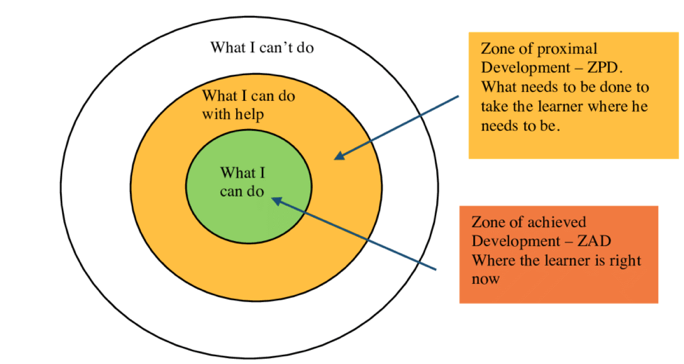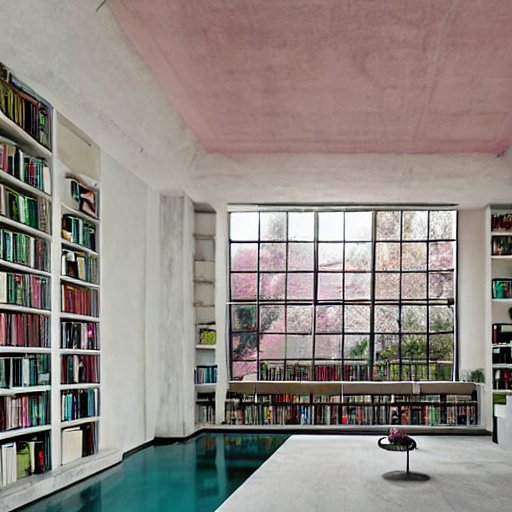“what a child can do today with
assistance, she will be able to do
by herself tomorrow”
(Vygotsky, 1978)

I watched a very interesting session on Vygotsky ZPD on moodle and some of these points have led me to reflect on My tutors observation feedback from my Macramé workshop. One of the topics I requested feedback on was the Atmosphere cultivated in my classroom, Tim highlighted the ‘lovely’ balance I created between instructional and student-centred learning approaches which cultivated a calm and receptive classroom. I intentionally set out to create a positive space for learning, having always been sensitive to the environment around me and how I might affect others with my presence and contributions, it’s important for me to be able to connect with students in a way that allows them to feel encouraged and motivated. My understanding of Vygotskys’ ZPD is that social connection is imperative when it comes to learning new things, part of that connection is down to the teachers’ ‘scaffolding’ a concept that I have just come across that I will definitely be exploring further. The image above speaks for itself and has always been quite relatable to how I, myself acquire knowledge, there is a certain magic that happens in a classroom when different ideas come together to create a wider understanding. In my workshops I encourage space for collaboration, another point I took from the ZPD session has inspired me to actively experiment with making interactions and engagement with teaching content more sociable. I think I can make collaborative tasks more exciting and as creative as the craft making itself, I’ll start with resources like padlet and videos etc. I’m excited to explore different methods and see what works best.
268 words
- Vygotsky, L.S. (1978) Mind in society: The development of higher psychological processes. Cambridge, Mass.: Harvard University Press.
- scaffolding https://www.macmillanenglish.com/blog-resources/article/advancing-learning-scaffolding-learning-in-the-primary-classroom
